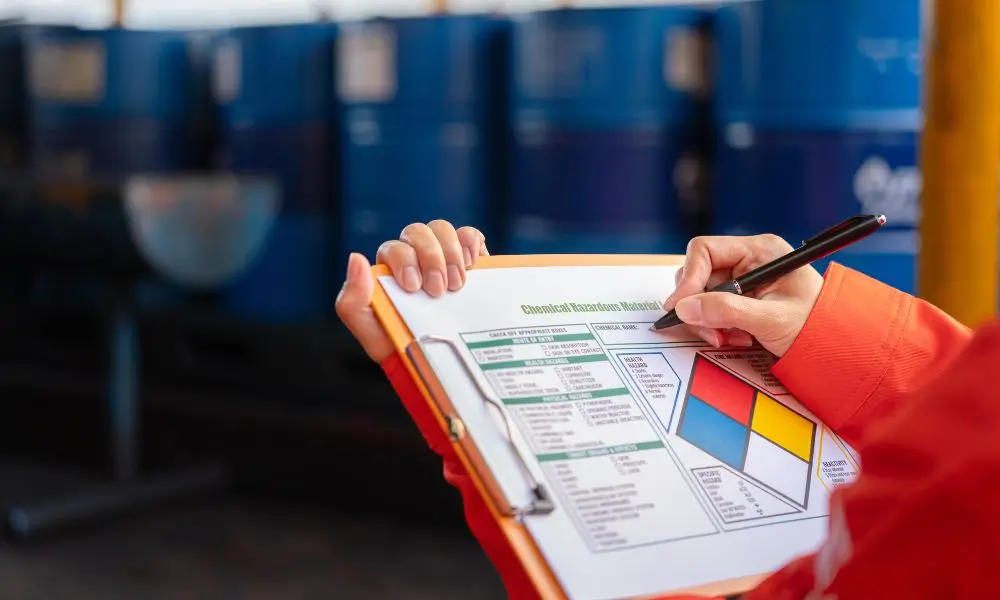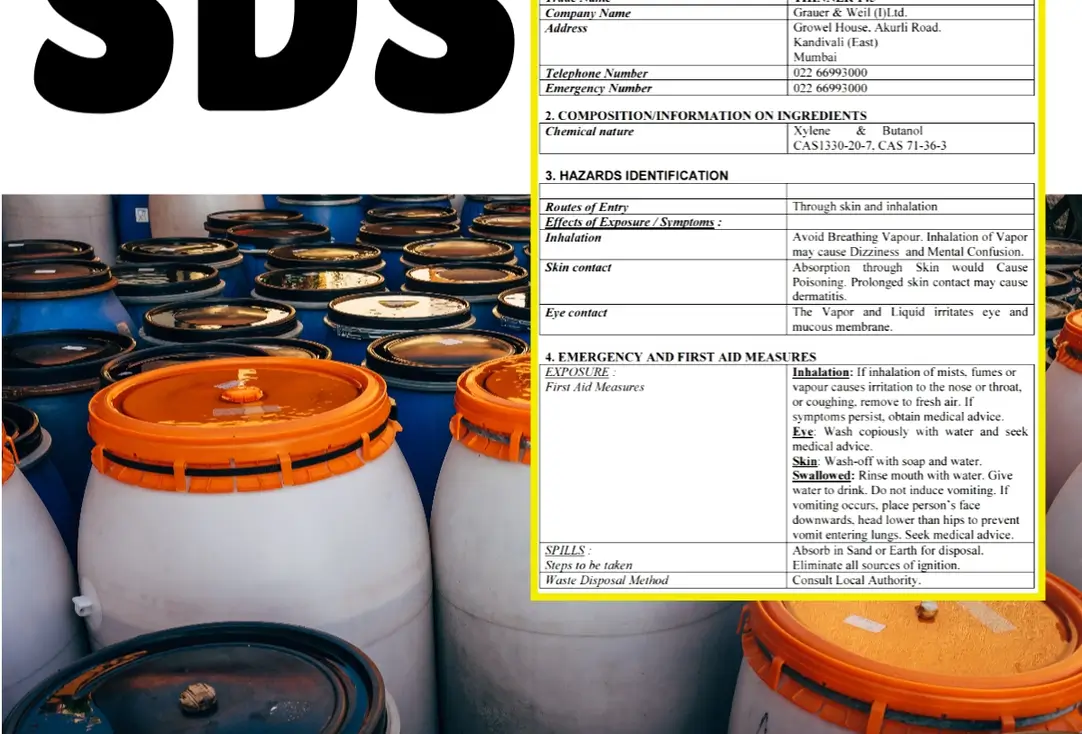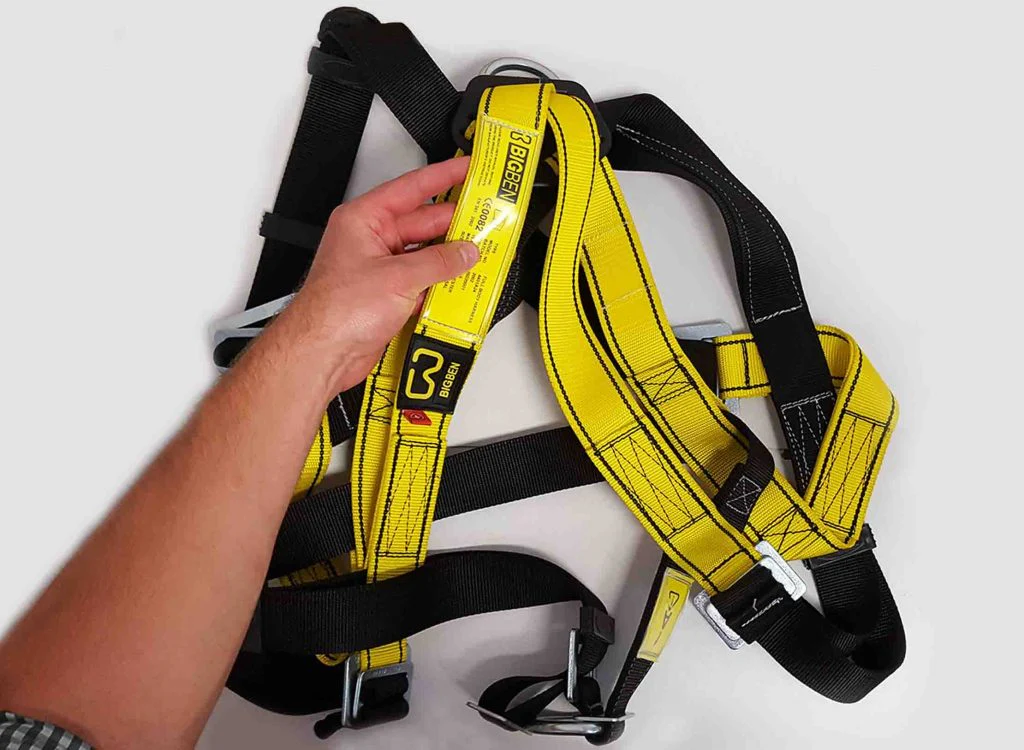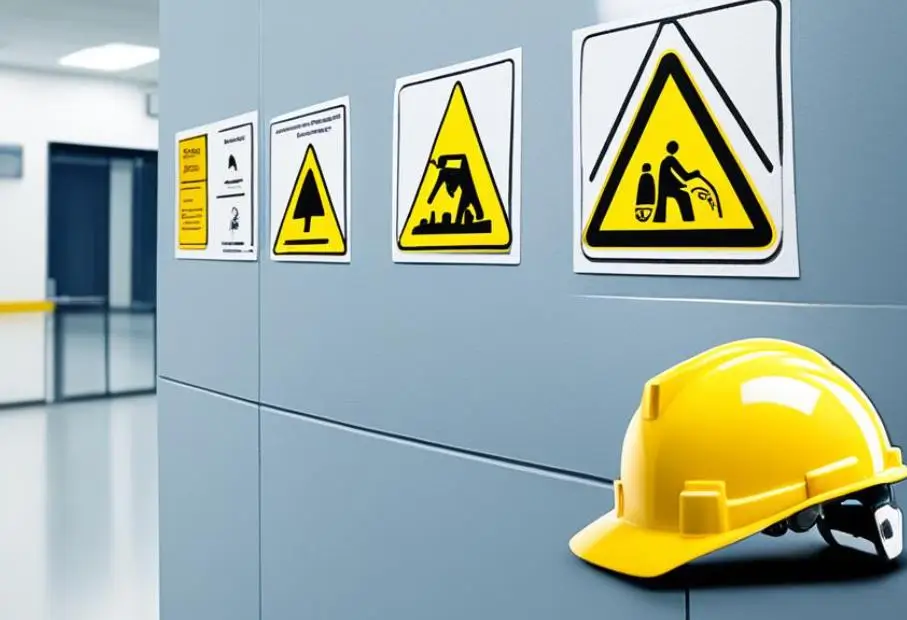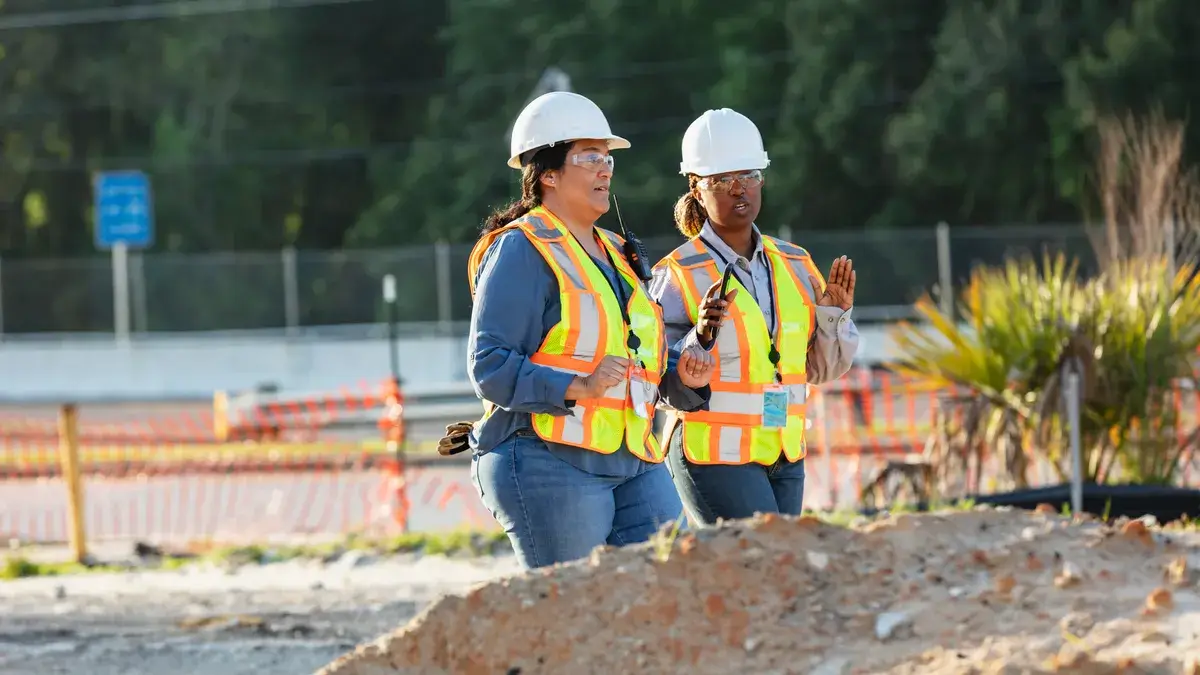In the Hazardous Chemical Inventory Your Company Must?
Maintaining a hazardous chemical inventory is not just a procedural task; it is a legal necessity for businesses that handle, store, or transport hazardous substances. In most jurisdictions, failure to comply can lead to significant legal, financial, and reputational consequences. This article provides a comprehensive, SEO-optimized guide for businesses on what exactly must be done … Read more
